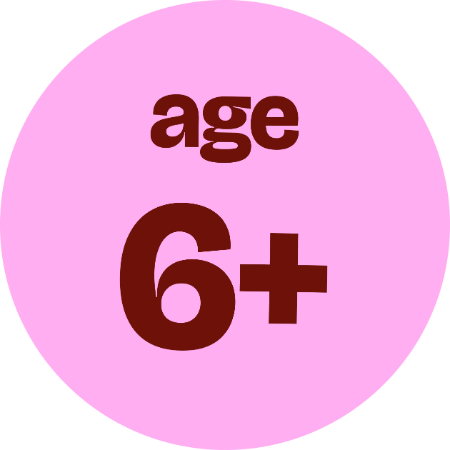The artwork in this film is as straightforward and innocent as a child. By using this simple graphic style the director gives her film an air of tenderness while addressing a sensitive subject: disability.
The doll in the title is the one Elise plays with and which looks a lot like her sister: she wears glasses, is cross-eyed and sticks out her tongue. She can’t walk or talk and when it’s her birthday, she can’t blow out the candles on her cake. But her big sister is there to look after her and to help her when her disability prevents her from doing certain things (like when she blows out the candles for her). As with her doll, Elise takes care of her sister and plays with her even if she sometimes struggles to accept her disability. When one of the guests nastily makes fun of Julie, Elise is kind to her. Because Julie is not a doll, she’s a little girl who just needs affection and the attentiveness of a big sister, just like in any family.
The director, Louise-Marie Colon, manages to tenderly explore the difficulties raised by the film’s main theme and offers a poignant portrayal of the acceptance of others and their differences. For we have to look after other people, take care of those we love, because we all need love and attention.
